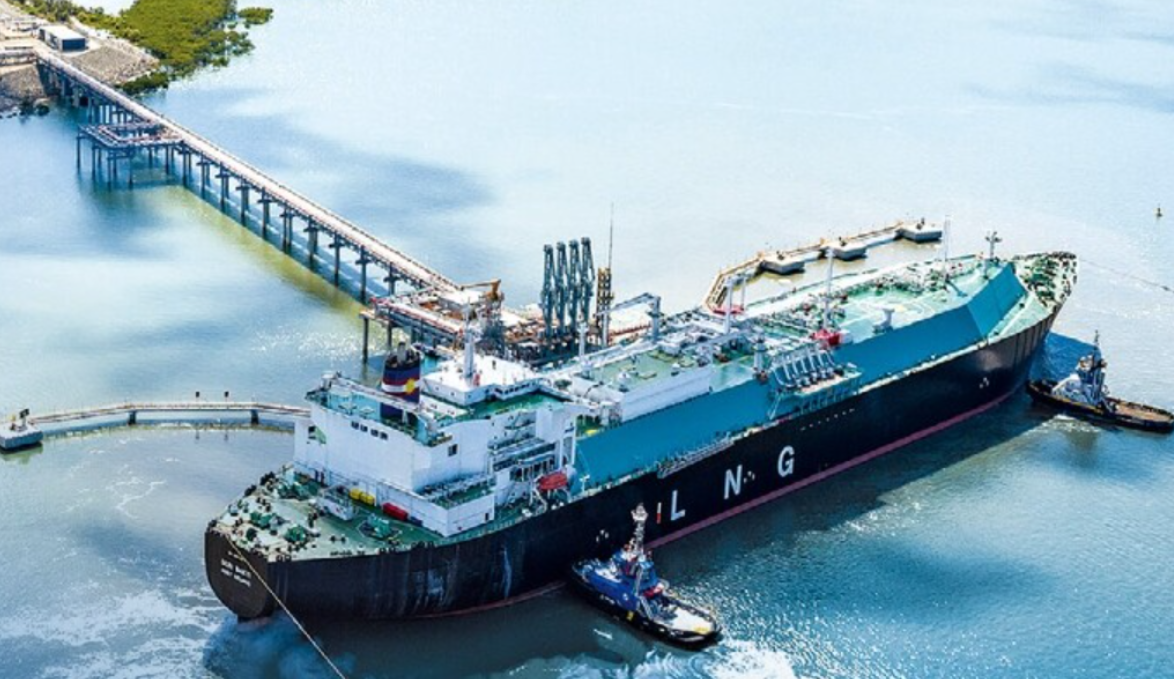Industry reports indicate that driven by the liquefied natural gas (LNG) import boom from 2021 to 2022, a large number of “speculative” orders without long-term charter contracts have followed, resulting in about 60 LNG carriers currently idle, with an asset value of over US$10 billion.

The results of this analysis have attracted attention. The global LNG carrier market is facing the risk of severe asset losses due to oversupply, and it is also noted that the shipbuilding industry may be confronted with the risk of an “order cliff”.
According to the results of international shipping and energy market surveys, particularly during the period from 2021 to 2022, shipowners placed a large number of “speculative orders” for LNG carriers without long-term transportation contracts, driven by Europe’s demand for Russian natural gas substitutes and overly optimistic expectations for expanded LNG imports to Asia. This is considered the primary cause of the supply surplus.
The average cost of building these idle LNG carriers is approximately US$194.6 million, and the total asset value of the 60 decommissioned ships is estimated to exceed US$11.67 billion. However, the funds recoverable through scrapping amount to only US$318 million, meaning that large-scale investment losses are likely to be unavoidable.
The International Energy Agency (IEA) expects global natural gas demand growth to slow from 2.8% to 1.3% in 2025, citing soaring LNG prices, slowing demand in Asia and stricter energy conservation policies in Europe as the main reasons.
However, with new projects in the United States, Canada, Qatar, and other countries set to come online in 2026, supply is expected to grow at an average annual rate of about 7%. Therefore, from a medium- to long-term perspective, there is still room for demand to rebound.
Although demand is expected to recover, the industry still has “concerns about increasing oversupply” with the delivery of a large number of new ships.
Clarksons data indicates that there are currently 303 LNG carriers under construction worldwide, with 98 expected to be delivered in 2026 and 2027, respectively. Shipping industry experts point out that “since a large number of new ships have not yet signed long-term contracts, if the number of idled ships increases, shipping companies’ asset losses will increase,” and warn that the “LNG shipping market will face a severe supply-demand imbalance over the next two to three years.”
In terms of freight rates, the South Korean climate policy think tank Solutions for Our Climate (SFOC) pointed out: “Over the past year, the one-year fixed freight rate for modern tri-fuel diesel-electric propulsion LNG carriers has dropped to US$20,000 per day, a decrease of more than 60% compared to the same period last year.” Even LNG carriers equipped with more efficient two-stroke engines only maintain a daily rental rate of around US$30,000, making it difficult to ensure profitability.
As a result, eight LNG carriers were scrapped ahead of schedule in the first half of 2025, which is the same number as in 2024.
In addition, SFOC stated that “LNG’s competitiveness as a marine fuel is gradually being surpassed by renewable energy” and warned that “continuing oversupply heralds the end of the era of fossil fuel transport ships.”


